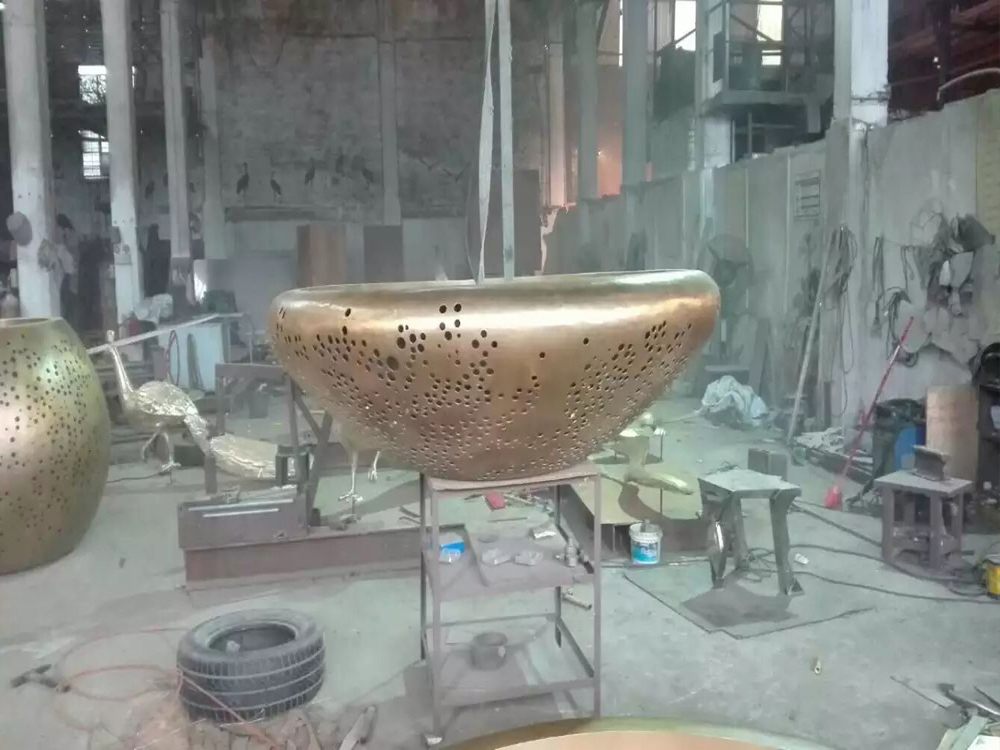
Artists have long explored the interplay of light and material to evoke emotion, but few techniques are as captivating as the use of translucency in metal sculptures. By carefully selecting metals with light-permeable properties—such as thin brass, aluminum, or specially treated steel—sculptors transform rigid materials into seemingly weightless, luminous forms.
The process begins with meticulous metal selection and treatment. Some artists hammer sheets to paper-thin consistency, while others employ acid etching or laser cutting to create perforated patterns that scatter light. When illuminated, these surfaces produce delicate gradients, casting intricate shadows that shift with ambient lighting. James Turrell’s refractive installations and Jun Kaneko’s ceramic-metal hybrids exemplify how translucency can dissolve a sculpture’s physical boundaries.
Advanced techniques include:
1. Backlighting: Embedding LEDs behind oxidized copper panels to create celestial glow effects
2. Layered Compositions: Stacking laser-cut titanium sheets to achieve depth akin to stained glass
3. Patina Transparency: Using chemical reactions to develop semi-transparent surface oxidations
This approach redefines metal’s perceived heaviness, inviting viewers to experience sculpture as a dynamic interplay of substance and light—where solidity meets the ephemeral.

